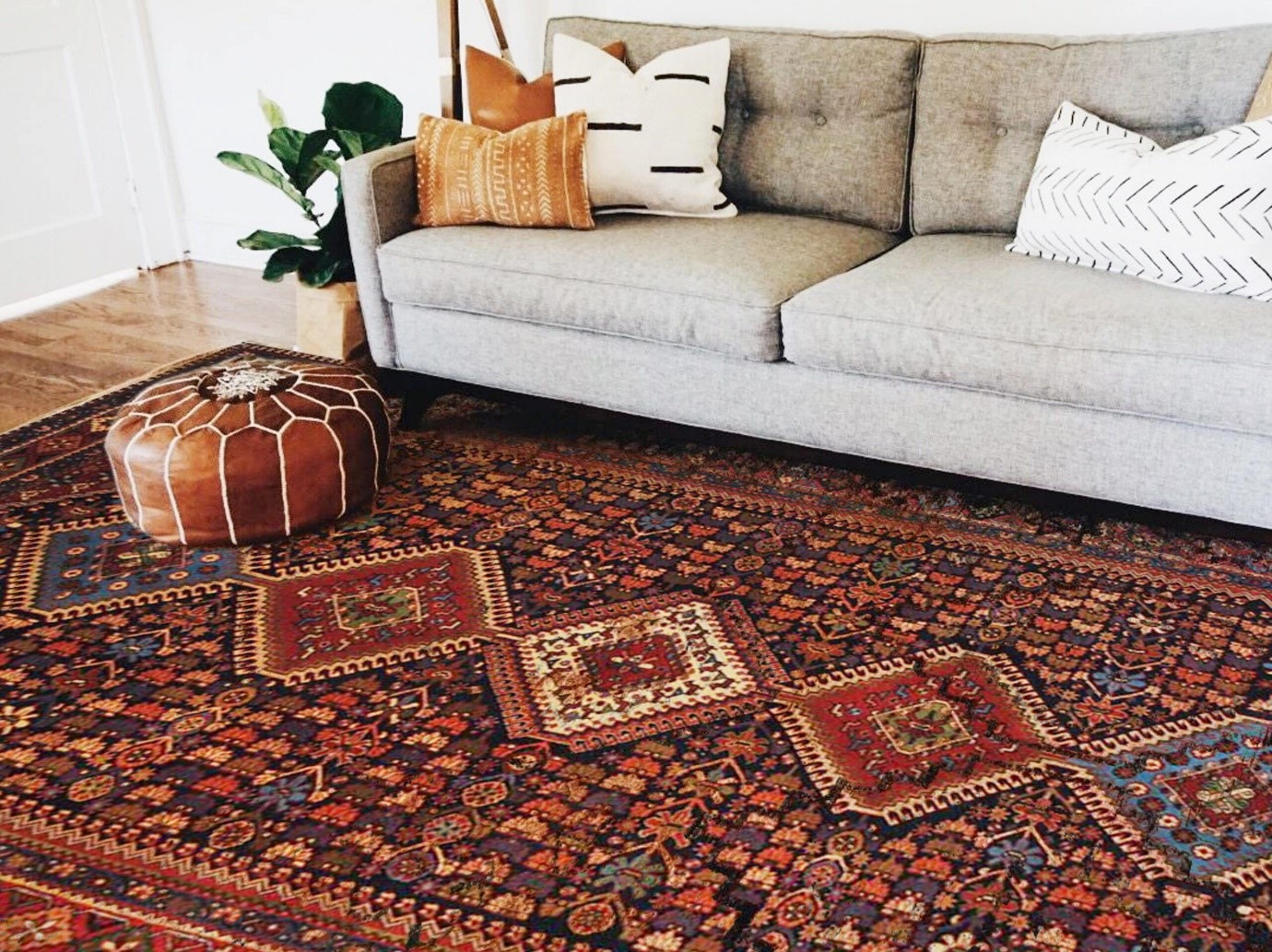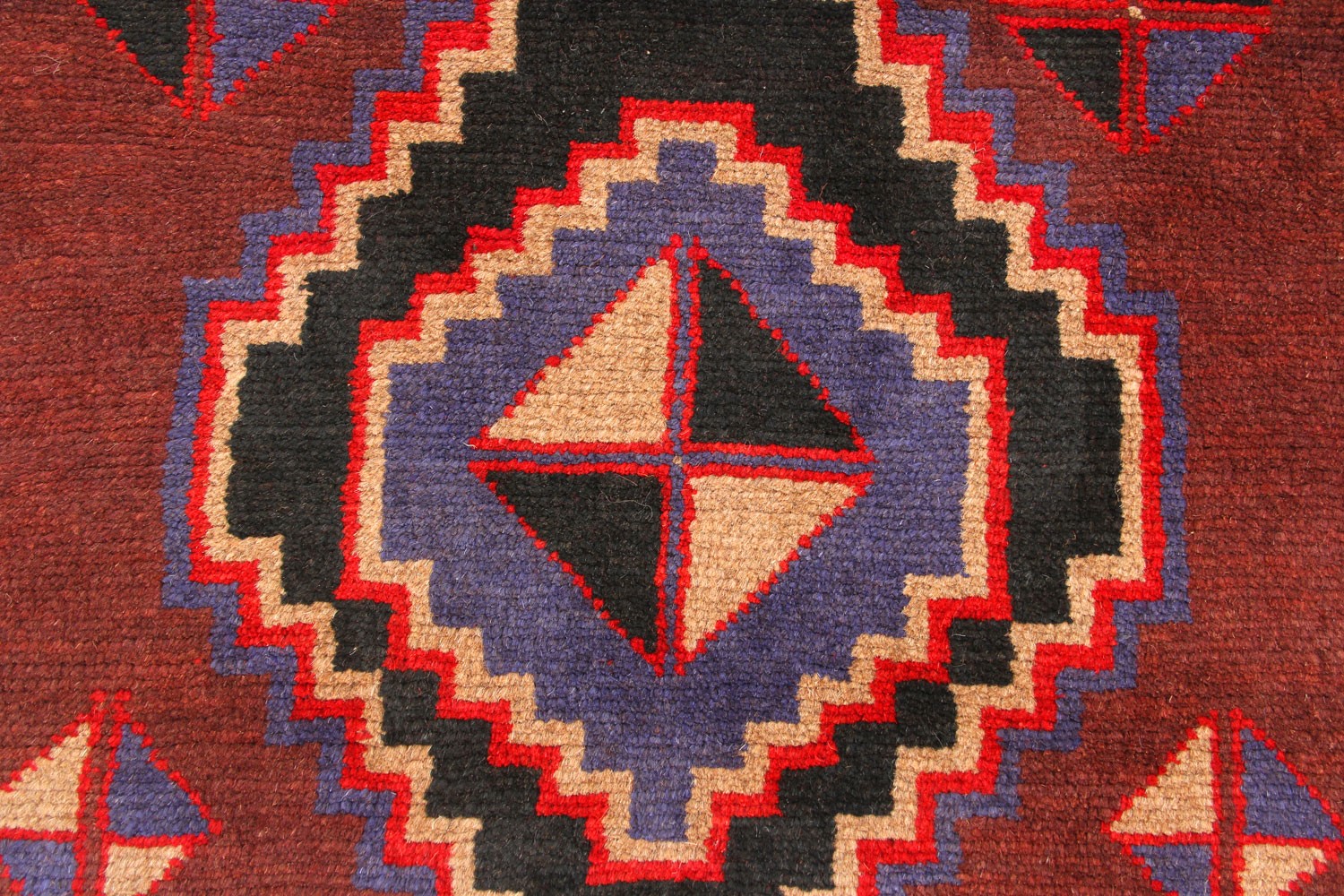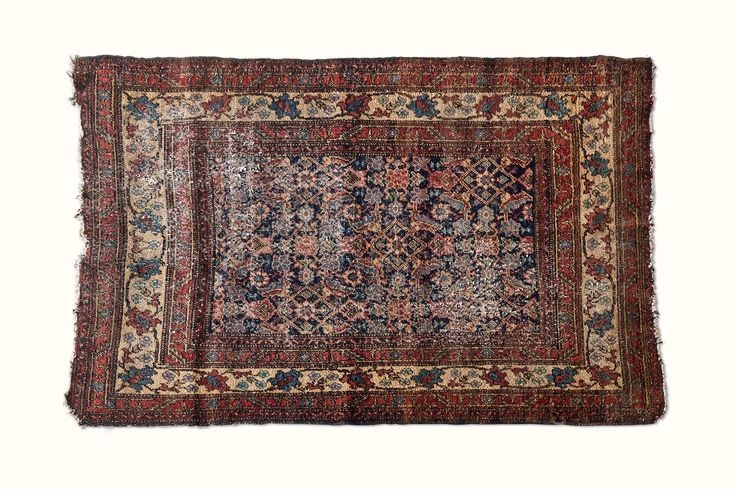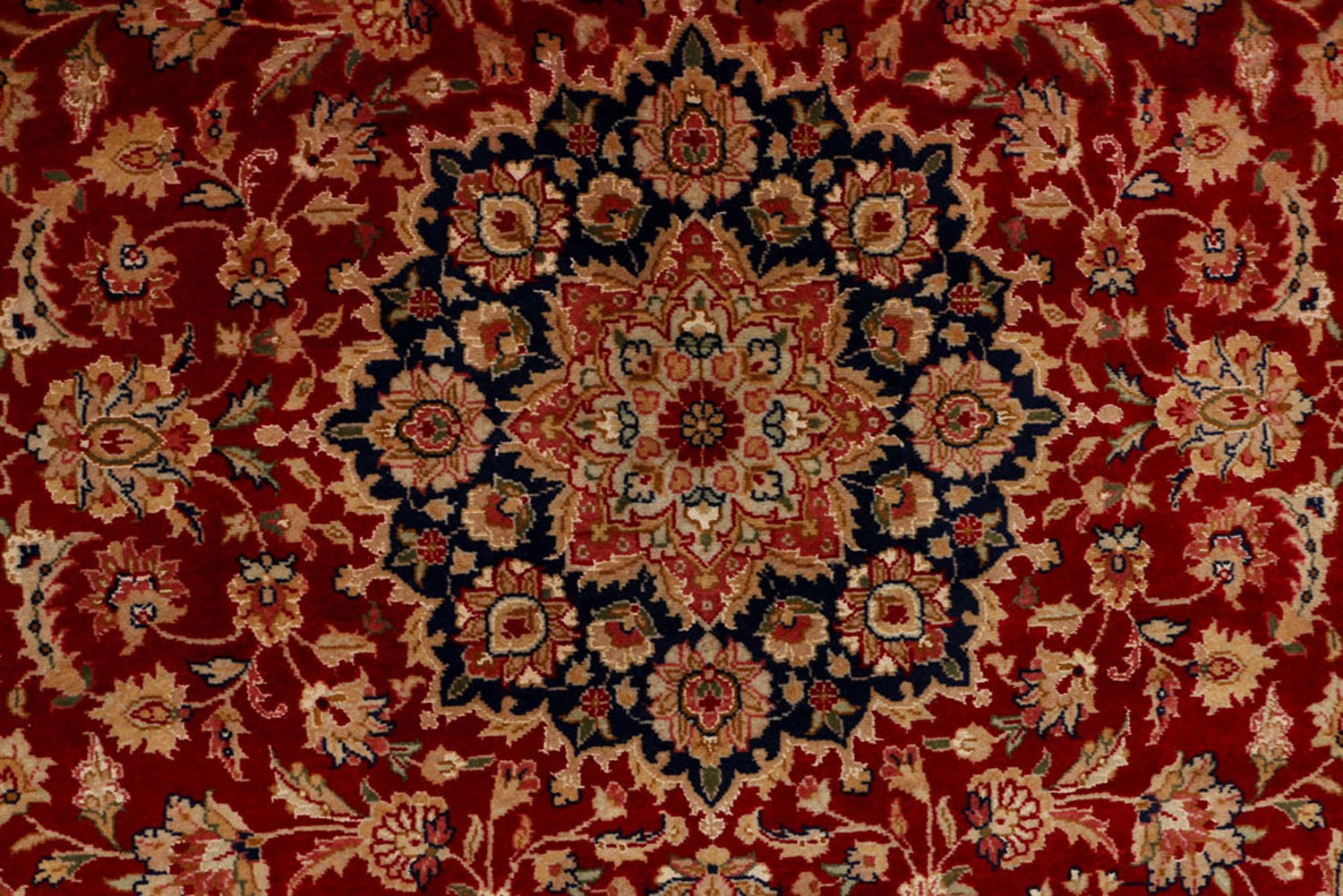Thinking about buying a handmade tribal rug for your living room?
If yes, then you must know that tribal rugs come in a wide range of different designs.
These rugs have distinctive patterns and hues that are rare to find in regular rugs. The patterns provide you with the option to choose rugs that reflect particular themes which will go well with the decor of your room or an occasion specifically.
Thinking about buying a handmade tribal rug for your living room?
If yes, then you must know that tribal rugs come in a wide range of different designs.
These rugs have distinctive patterns and hues that are rare to find in regular rugs. The patterns provide you with the option to choose rugs that reflect particular themes which will go well with the decor of your room or an occasion specifically.
But don’t worry, it won’t be that hard to pick a tribal rug for your home after you’ve learned about the top most popular tribal rug types that we’re about to explain today. Read on!

What Are Tribal Rugs?
As you can easily guess by the name, Tribal rugs are the rugs created by tribesmen. All these rugs originated to fulfill the domestic needs of tribal people, and they were majorly used as floorcoverings in the early days.
Today, handmade tribal rugs are considered works of art. There is a variety in designs of these rugs and you can easily purchase handmade Tribal rugs on sale nowadays.
They’re colorful, luxurious, and filled with interesting symbolic patterns that were first designed by tribesmen.
There are numerous types of tribal rugs, but these 8 are the most popular among rug enthusiasts:
- Bakhtiari Rugs
- Balochi Rugs
- Gabbeh Rugs
- Quchan Kurdi Rugs
- Shiraz Rugs
- Turkoman Rugs
- Kerman Rugs
- Esfahan Rugs
Of all Persian rugs, Bakhtiari rugs are the most vibrant. Bright reds, browns, greens, and yellows, as well as white and ivory, were used by weavers to produce extremely intricate designs.
The garden design, the most popular Bakhtiari pattern, consists of a square, rectangular, diamond, or hexagonal compartments filled with floral motifs like a willow tree, a cypress tree, a grapevine, a vase, or a bird sitting on a branch. Each compartment differs from its surrounding compartments in color and design.
These rugs frequently have squares and latticed sections with pretty floral and tendril decorations. The knots on Bakhtiari rugs are strong and secure.
The sizes range from small room ideas up to 4 to 5 meters in width. Larger rugs are frequently quite rare and challenging to locate. Older antique rugs can also be very expensive and are frequently sought after by collectors.
Usually, Balochi rugs are smaller in size. The use of dark-colored dyes, such as navy blue, burgundy red, chocolate brown, and black, highlights the striking designs on the carpets. Accents of white, ivory, and orange contrast with the dark tone of the rug, adding brighter color patterns for a striking impact.
Some of the typical themes chosen by weavers include the tree of life, a highly stylized camel's foot, and a medallion in the shape of a pear.
Balochi rugs are widely used as prayer rugs due to their modest size and variety of designs.

Basic patterns on Gabbeh rugs are composed of geometric or symbolic forms and motifs.
Bright hues like reds, oranges, rusts, and yellow balance off the motifs and patterns simplicity.
These colors are made by extracting the dye pigments from local, natural plants. Mostly, Gabbeh rugs are made with a low knot count and are thick and coarse.
One of the most major reasons why Gabbeh rugs are so popular is because they have animal symbols and other motifs placed in an asymmetrical manner. The rugs are a common choice in boho-chic decors styles.
Quchan Kurdi are textiles that come from the Khorasan Province in north-eastern Persia and frequently have geometric motifs in shades of dark burgundy, indigo, ivory, and green.
The basic motifs stand out significantly because of the rich, deep hues. Wool on wool is hand-knotted in Quchan Kurdi rugs.

Shiraz's several adjacent provinces have an impact on the designs of its rugs, which explains why they are so diverse. The majority of these rugs have geometric designs that are prominent, and the field of the rug is skillfully decorated with pole medallions of various sizes.
The borders of most Shiraz rugs are made up of bands stacked one on top of the other. These layered bands are embellished with palm tree and pine leaf patterns to make a more aesthetically pleasing border.
Older carpets often featured strong red and brown, while more recent ones also include light green and khaki to soften the overall appearance.
Turkoman rugs can be recognized by their octagonal Jul motifs and geometric patterns that are painted in strong red or brown shades. The fundamental octagonal Jul motifs were modified by weavers using different color schemes and decorative components.
This led to the creation of distinctive-looking rugs that had essentially a single sort of design arranged in geometric patterns. Later Turkoman rugs have a double knot weave, as opposed to earlier items' single knot weaving.
Kerman is a historic city with a long, fascinating history that dates back more than a thousand years. One of the first westerners to see Kerman rugs was Marco Polo.
One of the most well-known types of antique Persian rugs is probably Kerman carpets and rugs.
A floral or architectural motif in the main border with a central motif in the field is a typical design for Kerman rugs and carpets. Other patterns include the more elaborate Kerman Lavar style, which includes a garden, tree-of-life, vase, and all-over Mille fleur designs, as well as the numerous pictorials that depict historical figures or key events. One of the greatest examples of Persian weaving is the vase-shaped carpets, which date back to the Safavid dynasty.

The popularity of Esfahan rugs has endured globally. In Esfahan rugs, geometric medallions, trees with animals, or scenes of people and environment, occasionally based on Safavid miniatures, are some of the typical patterns.
Esfahan carpets frequently include 15 or more colors, and frequently there are many more. the most typical hues, including turquoise, navy, red, beige, and pale mushroom.
Another distinguishing feature of Esfahan rugs is the very particular shade of terra cotta red. A small size insect known as cochineal is used to produce this exotic crimson-coloured dye.













